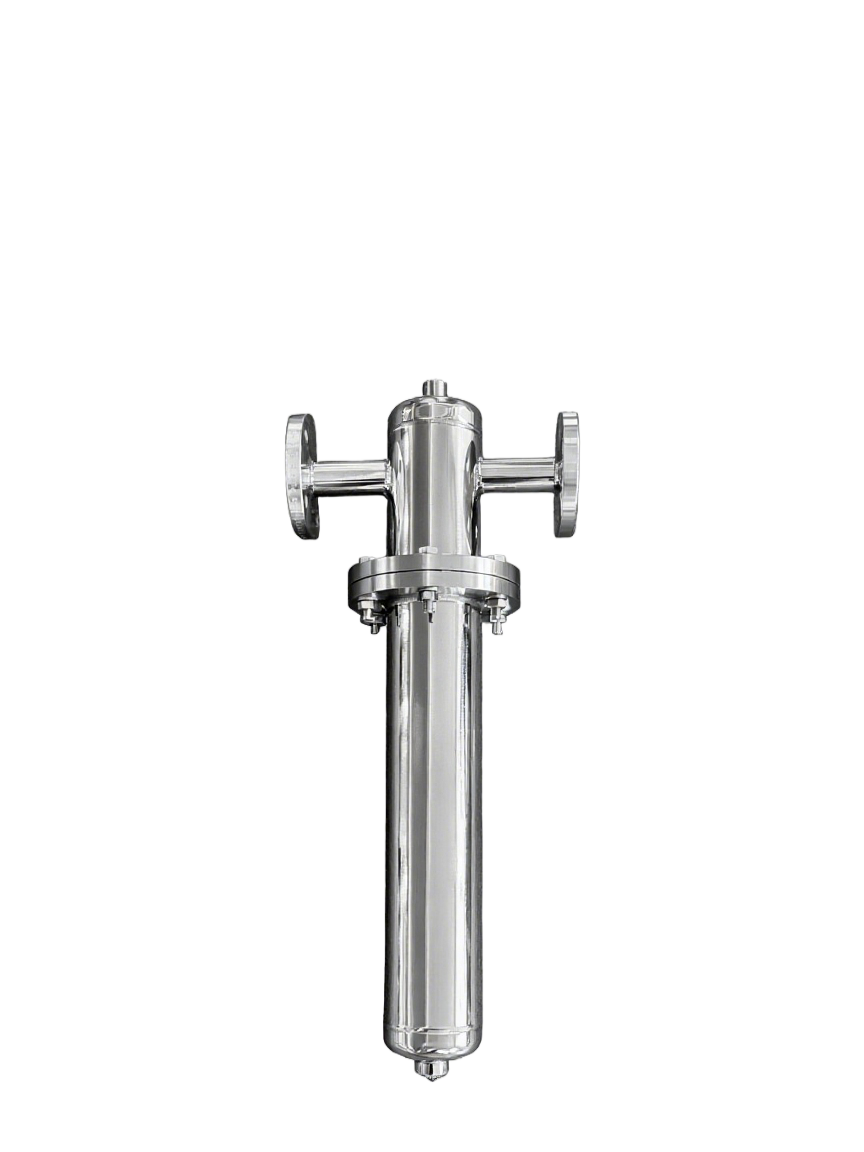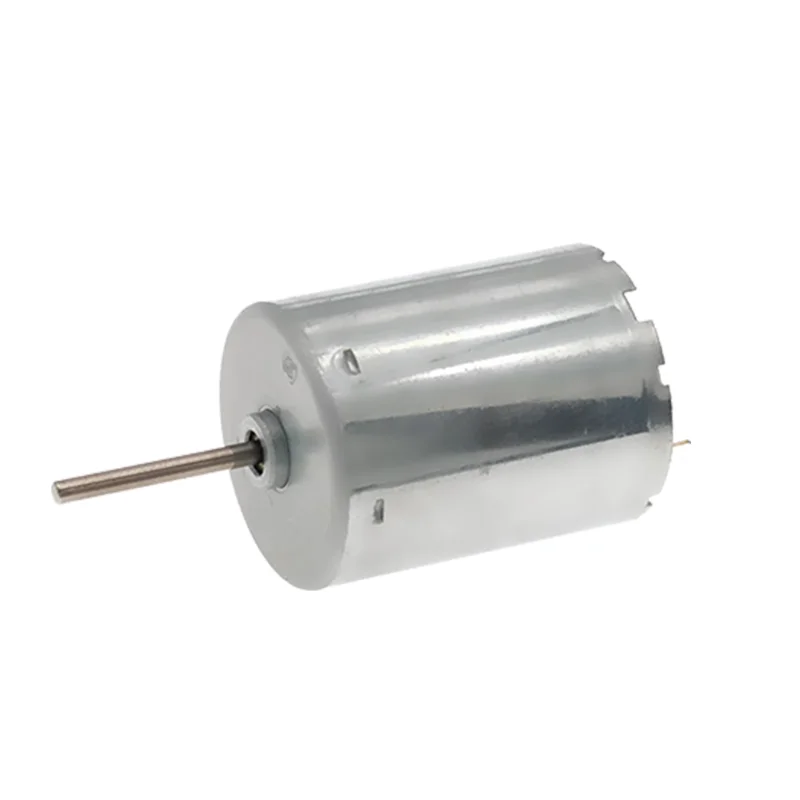In the realm of woodworking, precision and efficiency are paramount. Among the myriad of tools available to craftsmen, routers and spindle moulders stand out as essential machines that serve distinct purposes. While both are integral to shaping and finishing wood, understanding the differences between a router and a spindle moulder is crucial for any woodworker looking to enhance their craft. This article delves into the functionalities, applications, and advantages of each tool, providing a comprehensive guide for both novice and seasoned woodworkers.
Understanding the Basics
Router: A Versatile Shaping Tool
A router is a handheld or stationary power tool designed to hollow out an area in hard material, typically wood. It operates using a rotating cutting bit that can be adjusted for depth and speed, allowing for a wide range of applications, from edge profiling to intricate inlays. Routers are favored for their versatility; they can be used for various tasks, including:
- Edge Routing: Creating decorative edges on furniture and cabinetry.
- Mortising: Cutting square or rectangular holes for joints.
- Dadoing: Making grooves in wood for shelving or paneling.
- Template Work: Following templates for consistent shapes.
Routers come in two primary types: fixed-base and plunge routers. Fixed-base routers are ideal for edge work, while plunge routers allow for more intricate cuts, as they can be lowered into the material at various depths.
Spindle Moulder: The Precision Shaping Machine
In contrast, a spindle moulder (also known as a spindle shaper) is a stationary machine primarily used for shaping wood with greater precision and consistency. It features a vertically oriented spindle that holds a cutter head, which can be adjusted for height and angle. The workpiece is fed against the rotating cutter, allowing for complex profiles and shapes to be created with ease. Spindle moulders excel in tasks such as:
- Profile Moulding: Creating detailed profiles for moldings and trims.
- Panel Raising: Shaping the edges of panels for doors and cabinets.
- Joinery: Producing joints with high accuracy, such as tongue and groove.
Spindle moulders are particularly advantageous for high-volume production, as they can produce consistent results across multiple pieces, making them a staple in commercial woodworking operations.
Key Differences Between Routers and Spindle Moulders
- Functionality and Design:
- Router: Primarily a handheld or portable tool, routers are designed for versatility and can perform a wide range of tasks. They are ideal for both detailed work and larger projects, making them suitable for hobbyists and professionals alike.
- Spindle Moulder: A stationary machine designed for precision and repeatability, spindle moulders are built for specific tasks, particularly in a production environment. Their design allows for more complex cuts and profiles that would be challenging to achieve with a router.
- Cutting Mechanism:
- Router: Utilizes a rotating bit that can be easily swapped out for different profiles. The depth of cut can be adjusted, but the control is primarily manual.
- Spindle Moulder: Employs a fixed spindle with a cutter head that can be adjusted for height and angle. This allows for more consistent and precise cuts, especially when working with larger pieces of wood.
- Applications:
- Router: Best suited for a variety of tasks, including edge work, mortising, and template routing. Routers are versatile and can be used for both fine detailing and larger projects.
- Spindle Moulder: Ideal for high-volume production of specific shapes and profiles, such as moldings and joinery. Spindle moulders are often used in commercial settings where consistency and speed are essential.
- Ease of Use:
- Router: Generally easier to handle, especially for beginners. The learning curve is less steep, and the tool can be used for a wide range of applications without extensive setup.
- Spindle Moulder: Requires more setup and adjustment, making it less accessible for novice woodworkers. However, once mastered, it offers unparalleled precision and efficiency for specific tasks.
Conclusion: Choosing the Right Tool for Your Needs
In summary, both routers and spindle moulders play vital roles in woodworking, each with its unique strengths and applications. The choice between the two ultimately depends on the specific needs of the project at hand. For versatility and ease of use, a router is an excellent choice for both beginners and experienced woodworkers. Conversely, for those engaged in high-volume production or requiring intricate profiles, a spindle moulder is an invaluable asset.

